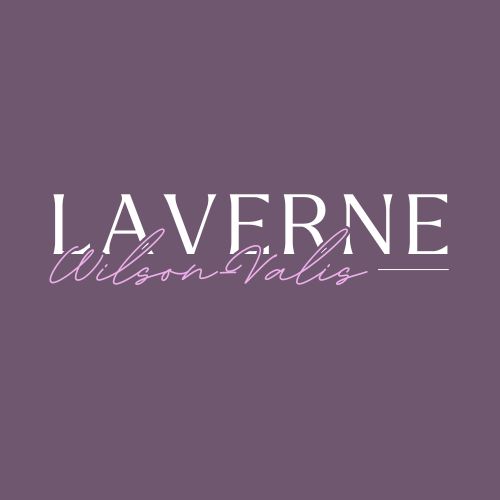Assisted living facilities are designed to provide its residents a safe and supportive environment for seniors who need assistance with daily activities. Ensuring both the safety and security of residents is paramount, and modern facilities employ a variety of features to achieve this goal. Here are some crucial safety and security features commonly found in assisted living facilities:
Secure Entry and Exit Points
- Controlled Access: Many facilities have controlled access points with security personnel or electronic systems that require key cards or codes. This helps to prevent any potential unauthorized entry and ensures that only residents, staff, and approved visitors can enter the premises.
- Alarmed Exits: Doors leading to outside areas are often equipped with alarms to alert staff if a resident attempts to leave the building without supervision, reducing the risk of wandering.
Surveillance Systems
- CCTV Cameras: Surveillance cameras are strategically placed throughout the facility, including common areas, hallways, and entry points. This continuous monitoring helps deter criminal activity and allows for quick response to any incidents.
- Remote Monitoring: Some facilities offer remote monitoring options for families, providing them with peace of mind and the ability to check in on their loved ones.
Emergency Response Systems
- Call Systems: Emergency call systems are installed in residents’ rooms and common areas. These systems enable residents to quickly alert staff in case of an emergency, ensuring prompt assistance.
- Personal Emergency Devices: Residents may be provided with wearable devices that have emergency call buttons. These devices can be helpful for those who are at risk of falls or other health emergencies.
Fire Safety
- Smoke Detectors and Sprinklers: Modern assisted living facilities are equipped with both smoke detectors and sprinkler systems throughout the building. Regular maintenance and testing are essential to ensure they function properly in case of a fire.
- Fire Drills: Regular fire drills and evacuation procedures are conducted to ensure both staff and residents are prepared in case of an emergency.
Medication Management
- Secure Storage: Medications are often stored in secure, locked cabinets to prevent misuse or accidental ingestion by residents.
- Assisted Administration: Trained staff members assist residents with medication management, ensuring they take the correct dosages at the right times.
Health and Wellness Monitoring
- Regular Check-Ins: Staff regularly check on residents to monitor their health and well-being. This can include daily or weekly health assessments and monitoring of chronic conditions.
- On-Site Medical Care: Some facilities have on-site medical staff, including nurses and doctors, to provide immediate care and handle medical emergencies.
Environmental Safety
- Fall Prevention: Facilities are designed with safety features to prevent falls, such as handrails in hallways, non-slip flooring, and well-lit pathways.
- Accessibility: Rooms and common areas are made accessible for residents with mobility issues, including wheelchair ramps, elevators, and accessible bathrooms.
Staff Training
- Ongoing Training: Staff receive regular training on safety protocols, emergency response, and caring for residents with specific needs, such as dementia or mobility impairments.
- Background Checks: Thorough background checks are conducted on all staff members to ensure they are qualified and trustworthy.
The safety and security features in assisted living facilities are focused on providing a secure environment while promoting the independence and well-being of residents. From advanced surveillance systems to comprehensive emergency response protocols, these features work together to ensure that seniors receive the care and protection they need. Families can have rest knowing that their loved ones are in a safe and supportive setting.

